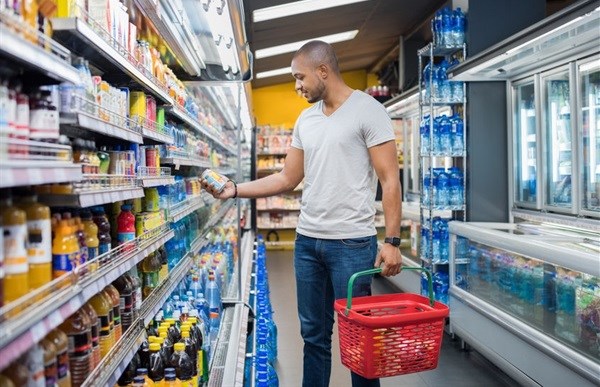In Africa and the Middle East, the value of mergers and acquisitions (M&A) transactions is expected to rise to $6.4 billion in 2018 and will continue to rise in 2019, to $6.6 billion, before dropping to $4.1 billion in 2020.
This is according to Baker McKenzie's Global Transaction Forecast, which shows that in 2018, M&A activity in the consumer sector will rise across all regions. North America will lead the pack, with transactions totalling $304.4 billion, followed by Europe with $178.6 billion, Asia Pacific with $125.9 billion and Latin America with $17.3 billion.
“The increase in growth in the middle class in countries such as Ghana and Tanzania has had an obvious uplift in consumer growth in Africa, surpassing previous levels. There appears to be more demand for foreign brands, online retail services and products. In addition, the continued development of African technology and telecommunications industries and the opportunities in e-commerce that this creates for retailers, is assessed by some to be one of the key drivers of investment activity in Africa,” says Nick Altini, partner and consumer goods & retail industry group lead at Baker McKenzie in Johannesburg.
The new consumer
In terms of future trends in the retail sector, Amazon’s acquisition of Whole Foods, at $13.7 billion, while far from the largest transaction in 2017, was significant because of its implications for the future of retail. The acquisition gives the tech giant a large physical presence in the grocery sector, through which it can use its expertise to re-cast how consumers shop for core lifestyle products such as food and drink, while at the same time exploiting increasing consumer demand for natural and organic produce.
“The way we shop has probably changed more in the last five years than in the last 50,” says Alyssa Gallot-Auberger, chair of Baker McKenzie’s global consumer goods & retail industry group. “The new consumer often uses a physical shop as a place to have an experience rather than a place to buy things.”
The “new consumer” is connected, global, and mindful about the origin and sustainability of the products and services they buy. They primarily shop online, and their buying decisions are influenced by what their friends and celebrities “like” on social media.
Rise in consumer transactions
As more of these new consumers go online to purchase everything from clothes and electronics to household supplies and organic vegetables, transactions in the consumer sector are likely to continue rising. Digitization and consolidation within the industry drove global M&A activity in 2017, pushing transaction values to a total of $543.2 billion.
As these trends accelerate amid a stronger global economy, Baker McKenzie forecasts consumer transactions to rise further to $632.6 billion in 2018 – making consumer goods and retail the top sector poised for M&A growth this year, followed by financials and industrials.
“Even the big consumer companies that traditionally sell their products in the most part to wholesalers and large retailers are looking at acquisitions that can give them e-commerce platforms to move into the direct to consumer channel,” says David Scott, an M&A partner at Baker McKenzie based in London.
An example is Unilever’s reported $1 billion acquisition of Dollar Shave Club, an online subscription service that sells razor cartridges directly to customers. Besides giving Unilever an established online platform for selling other products, Dollar Shave Club’s new age advertising strategy gave rise to a large online following, with YouTube videos poking fun at how expensive shaving had become with big brand products. This is further illustration of how technology, in this case clever social media campaigns, is reshaping consumer buying habits.
Following a peak in deal activity in 2018, global M&A values in the sector are predicted to drop to $551.3 billion in 2019 and $435 billion in 2020.
Looking forward, analysts predict that around the world, the retail sector will continue to undergo increased consolidation and greater integration of traditional and digital retail to improve the online shopping experience for the new consumer. Innovation, especially across premium product lines, will remain a key theme through 2020 and beyond, particularly in the food and drink subsector.


























